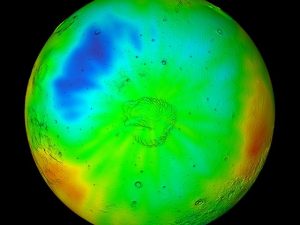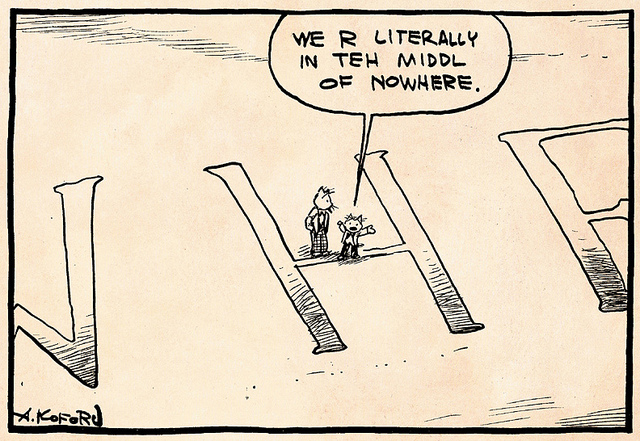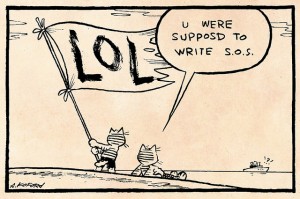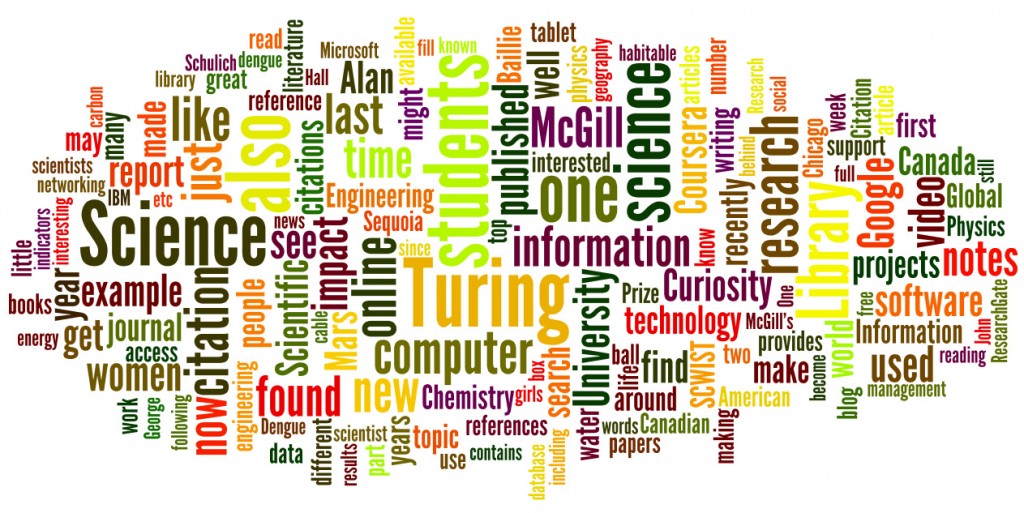Welcome back to campus! We hope you enjoyed your summer and are ready for another great semester! How was our summer? So great, thanks for asking! We got some reading done and want to share our favourites with you! All these books are available to borrow through our catalog. While you’re on campus, stop by the Schulich Library and take a look at some of our other picks!
Why Fish Don’t Exist: A Story of Loss, Love and the Hidden Order of Life by Lulu Miller
Suggested by Andrea Quaiattini, Health Sciences Librarian, Liaison for Medicine, Postgraduate Medical Education and Indigenous Health
“David Starr Jordan was a taxonomist, a man possessed with bringing order to the natural world. In time, he would be credited with discovering nearly a fifth of the fish known to humans in his day. But the more of the hidden blueprint of life he uncovered, the harder the universe seemed to try to thwart him. His specimen collections were demolished by lightning, by fire, and eventually by the 1906 San Francisco earthquake—which sent more than a thousand of his discoveries, housed in fragile glass jars, plummeting to the floor. In an instant, his life’s work was shattered. Many might have given up, given in to despair. But Jordan? He surveyed the wreckage at his feet, found the first fish he recognized, and confidently began to rebuild his collection. And this time, he introduced one clever innovation that he believed would at last protect his work against the chaos of the world.”
Forest Lover by Susan Vreeland
Suggested by Tara Mawhinney, Physical Sciences Librarian, Liaison for Atmospheric & Oceanic Sciences, and Civil and Mechanical Engineering
“In her acclaimed novels, Susan Vreeland has given us portraits of painting and life that are as dazzling as their artistic subjects. Now, in The Forest Lover she traces the courageous life and career of Emily Carr, who, more than Georgia O’Keeffe or Frida Kahlo, blazed a path for modern women artists. Overcoming the confines of Victorian culture, Carr became a major force in modern art by capturing an untamed British Columbia and its indigenous peoples just before industrialization changed them forever. From illegal potlatches in tribal communities to artists studios in pre World War I Paris, Vreeland tells her story with gusto and suspense, giving us a glorious novel that will appeal to lovers of art, native cultures, and lush historical fiction.”
Empire of Pain: The Secret History of the Sackler Dynasty by Patrick Radden Keefe
Suggest by Sabine Calleja, Health Sciences Librarian, Liaison for Nursing and Palliative Care
“The Sackler name adorns the walls of many storied institutions: Harvard, the Metropolitan Museum of Art, Oxford, the Louvre. They are one of the richest families in the world, known for their lavish donations to the arts and sciences. The source of the family fortune was vague, however, until it emerged that the Sacklers were responsible for making and marketing OxyContin, a blockbuster painkiller that was a catalyst for the opioid crisis.”

Beloved by Toni Morrison
Suggested by Maryam DeyhimiHaghighi, Senior Library Clerk
“Sethe, its protagonist, was born a slave and escaped to Ohio, but eighteen years later she is still not free. She has too many memories of Sweet Home, the beautiful farm where so many hideous things happened. And Sethe’s new home is haunted by the ghost of her baby, who died nameless and whose tombstone is engraved with a single word: Beloved. Filled with bitter poetry and suspense as taut as a rope, Beloved is a towering achievement by Nobel Prize laureate Toni Morrison.”
Johnny Appleseed by Joshua Whitehead
Suggested by Andrea Miller-Nesbitt, Life Sciences Librarian, Liaison for Anatomy & Cell Biology, Biochemistry, Biology, Environment and Genetics
“Off the reserve and trying to find ways to live and love in the big city, Jonny becomes a cybersex worker who fetishizes himself in order to make a living. Self-ordained as an NDN glitter princess, Jonny has one week before he must return to the “rez,” and his former life, to attend the funeral of his stepfather. The next seven days are like a fevered dream: stories of love, trauma, sex, kinship, ambition, and the heartbreaking recollection of his beloved kokum (grandmother). Jonny’s world is a series of breakages, appendages, and linkages–and as he goes through the motions of preparing to return home, he learns how to put together the pieces of his life.”
Study for Obedience by Sarah Bernstein
Suggested by Kara Sterne, Senior Library Clerk
“A young woman moves from the place of her birth to the remote northern country of her forebears to be housekeeper to her brother, whose wife has recently left him. Soon after her arrival, a series of inexplicable events occurs – collective bovine hysteria; the demise of a ewe and her nearly born lamb; a local dog’s phantom pregnancy; a potato blight. She notices that the local suspicion about incomers in general seems to be directed with some intensity at her and she senses a mounting threat that lies ‘just beyond the garden gate.’ And as she feels the hostility growing, pressing at the edges of her brother’s property, she fears that, should the rumblings in the town gather themselves into a more defined shape, who knows what might happen, what one might be capable of doing.”
Light from Uncommon Stars by Ryka Aoki
Suggested by April Colosimo, Physical Sciences Librarian, Liaison for Math, Chemistry, Physics and Astronomy
“Shizuka Satomi made a deal with the to escape damnation, she must entice seven other violin prodigies to trade their souls for success. She has already delivered six. When Katrina Nguyen, a young transgender runaway, catches Shizuka’s ear with her wild talent, Shizuka can almost feel the curse lifting. She’s found her final candidate. But in a donut shop off a bustling highway in the San Gabriel Valley, Shizuka meets Lan Tran, retired starship captain, interstellar refugee, and mother of four. Shizuka doesn’t have time for crushes or coffee dates, what with her very soul on the line, but Lan’s kind smile and eyes like stars might just redefine a soul’s worth. And maybe something as small as a warm donut is powerful enough to break a curse as vast as the California coastline. As the lives of these three women become entangled by chance and fate, a story of magic, identity, curses, and hope begins, and a family worth crossing the universe for is found.”
The Animators by Kayla Rae Whitaker
Suggested by Eleni Philippopoulos, Health Sciences Librarian, Liaison for Undergraduate Medicine and LGBTQ+ Health
“In the male-dominated field of animation, Mel Vaught and Sharon Kisses are a dynamic duo, the friction of their differences driving them: Sharon, quietly ambitious but self-doubting; Mel, brash and unapologetic, always the life of the party. Best friends and artistic partners since the first week of college, where they bonded over their working-class roots and obvious talent, they spent their twenties ensconced in a gritty Brooklyn studio. Working, drinking, laughing. Drawing: Mel, to understand her tumultuous past, and Sharon, to lose herself altogether.
Now, after a decade of striving, the two are finally celebrating the release of their first full-length feature, which transforms Mel’s difficult childhood into a provocative and visually daring work of art. The toast of the indie film scene, they stand at the cusp of making it big. But with their success come doubt and destruction, cracks in their relationship threatening the delicate balance of their partnership. Sharon begins to feel expendable, suspecting that the ever-more raucous Mel is the real artist. During a trip to Sharon’s home state of Kentucky, the only other partner she has ever truly known—her troubled, charismatic childhood best friend, Teddy—reenters her life, and long-buried resentments rise to the surface, hastening a reckoning no one sees coming.”
The Invisible Life of Addie Larue by V.E. Schwab
Suggested by Jill Boruff, Health Sciences Librarian, Liaison for Physical Therapy, Occupational Therapy, Psychiatry and Communication Sciences & Disorders
“France, 1714: in a moment of desperation, a young woman makes a Faustian bargain to live forever and is cursed to be forgotten by everyone she meets. Thus begins the extraordinary life of Addie LaRue, and a dazzling adventure that will play out across centuries and continents, across history and art, as a young woman learns how far she will go to leave her mark on the world. But everything changes when, after nearly 300 years, Addie stumbles across a young man in a hidden bookstore and he remembers her name.”













